#volcanic eruptions
Text
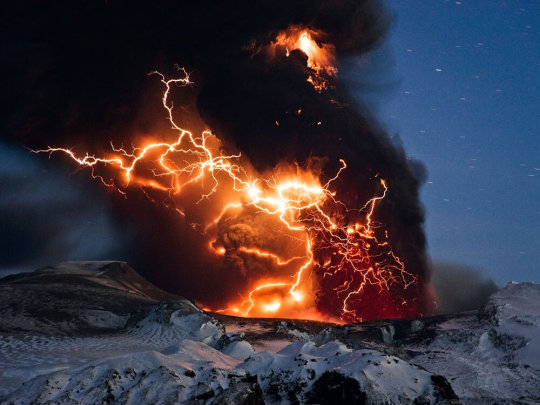
During volcanic eruptions, (above, Iceland's Eyjafjallajokull volcano) colliding particles of ash create immense levels of electricity, released as volcanic lightning.
PHOTOGRAPH BY SIGURDUR STEFNISSON
#sigurdur stefnisson#photographer#national geographic#volcanic eruptions#iceland#eyjafjallajokull volcano#volcano#landscape#volcanic lightning#nature
1K notes
·
View notes
Text

Eruption of Vesuvius by Auguste Étienne François Mayer
#vesuvius#eruption#art#auguste étienne françois mayer#volcanic eruptions#volcano#volcanoes#lava#smoke#clouds#europe#european#italy#mt vesuvius#mount vesuvius#campania#gulf of naples#vesuvio#eruptions
246 notes
·
View notes
Text







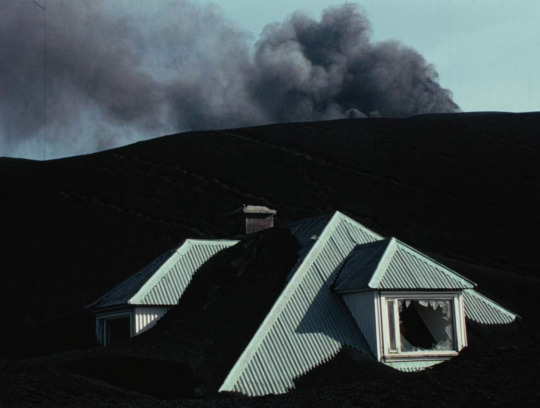


#121
#fire of love#2022#sara dosa#katia krafft#maurice krafft#documentary#2020s cinema#cinematography#movie screenshots#movie screengrabs#movie screencaps#movie frames#movie#movies#cinematography appreciation#escapism through film#the beauty of cinema#films#volcanology#volcanic eruptions#10 frames from film#my ss#oscars 2023
624 notes
·
View notes
Text

Halemaumau Crater by Ed Suominen
#Halemaumau Crater#double exposure#lava#photography#nature#landscape#smoke#volcano#volcanic eruptions#nature photography
249 notes
·
View notes
Text
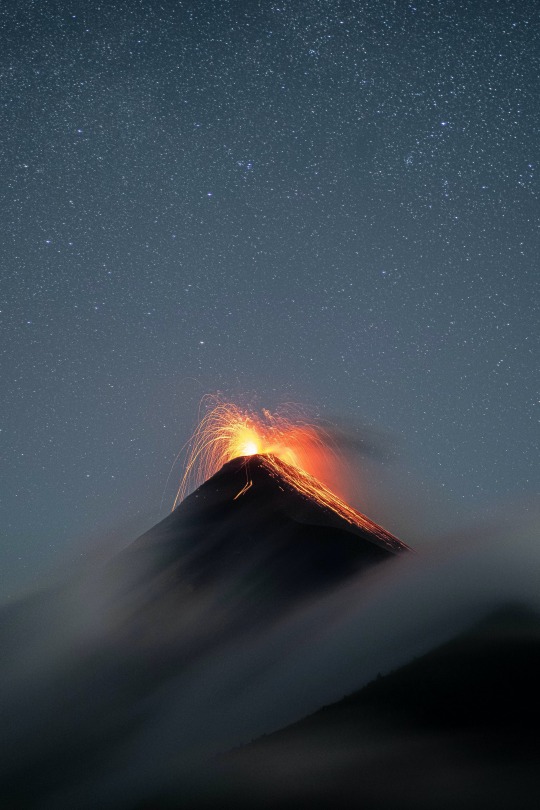
14 notes
·
View notes
Photo

Al Williamson
#Al Williamson#art#artwork#comics#comic#painting#vintage pulp art#dinosaur#Dinosaurs#vesuvius#volcano#volcanic eruptions
121 notes
·
View notes
Photo

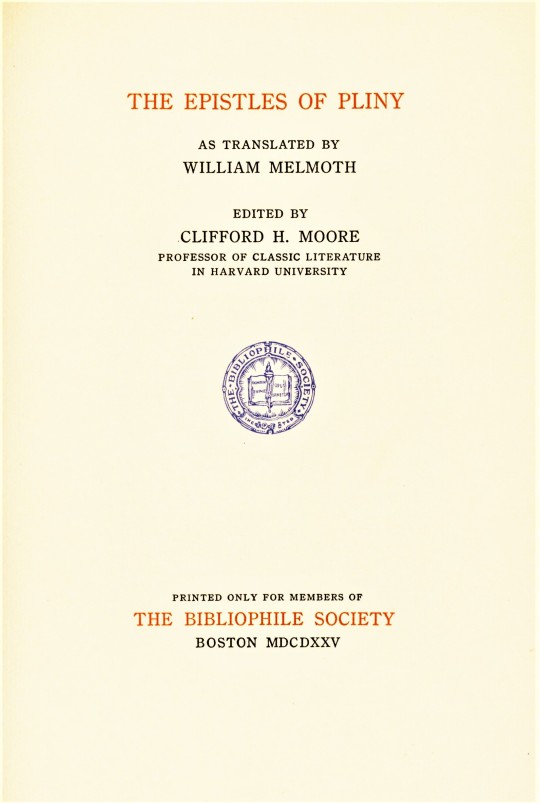
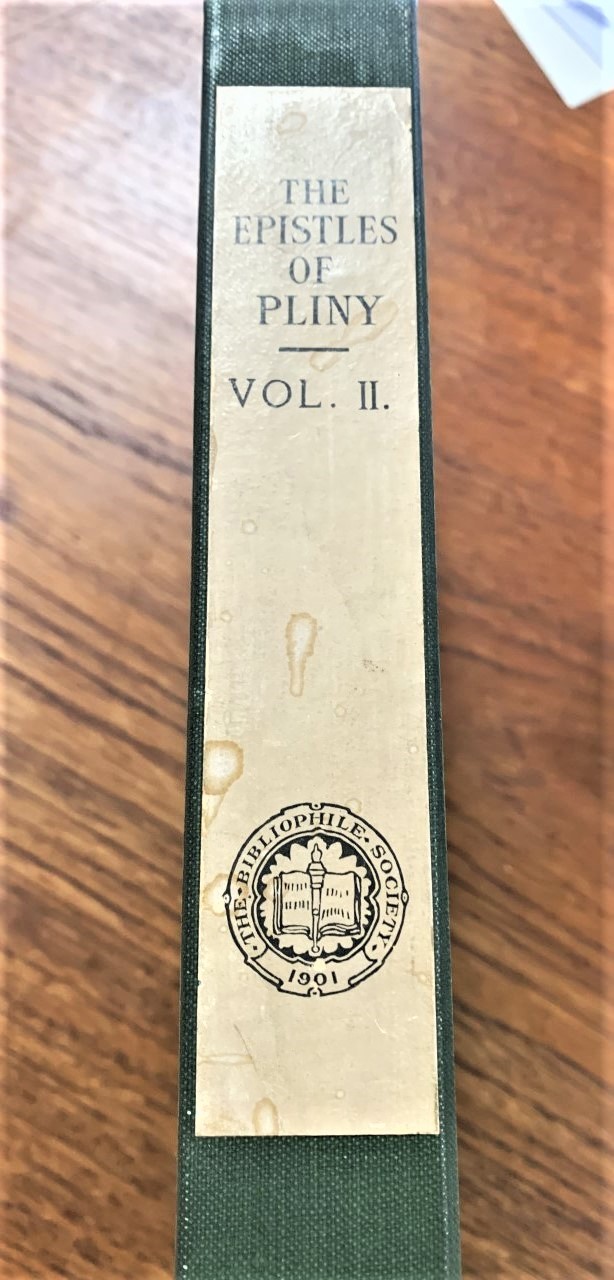

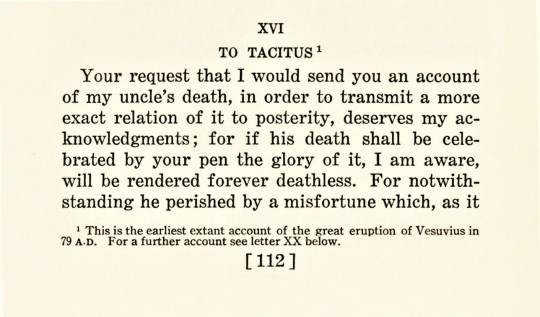

The Eruption of Mt. Vesuvius
The Eruption of Mt. Vesuvius in 79 CE remains one of the deadliest natural disasters in recorded history. Not only did the volcano destroy the economically powerful city of Pompeii, but Herculaneum, Oplontis, Stabiae were also buried and thus lost to the Roman Empire. The number of victims is unknown, but given the size of the four cities, estimates have reached over 18,000 individuals.
Today only one first-hand account of this horrific event survives in two letters from Pliny the Younger to the Roman historian Tacitus. They are preserved as letters 6.16 and 6.20 in the collected Epistles of Pliny. Among our holdings of the works of Pliny is this 3-volume set of the Epistles with William Melmoth’s 18th-century translation edited by Clifford Herschel Moore, and printed by the Harvard University Press in an edition of 405 copies for members of The Bibliophile Society, Boston, in 1925.
While the term ‘volcanic eruption’ evokes scenes of lava and fire, the reality is much more frightening. Curiously, there is no word for volcano in the Latin language. While ancient Romans were aware of the destructive power of volcanoes, there’s some debate about whether they were aware that Vesuvius was a volcano before its eruption. Signs of the eruption began back in 62CE with a great earthquake that caused much of the city to collapse. Smaller earthquakes continued over the next 15 years until one was accompanied by the rise of a column of smoke from Mt. Vesuvius in October 79 CE.
The hot gases that made up the column of smoke began to cool, darkening the sky, and not long after a rain of pumice began to fall, and after 15 hours ceilings began to collapse. Nevertheless, many residents chose to take shelter rather than flee. At 4am the first 500C pyroclastic surge barred down the volcano, burying Herculaneum. Six more of these surges occurred before the end of the eruption, destroying Pompeii, Oplontis, and Stabiae.
The 17-year old Pliny was in the port town of Misenum across the Bay of Naples from the volcano at the time. Pliny’s uncle, Pliny the Elder, commander of the Roman fleet at Misenum, launched a rescue mission and went himself to the rescue of a personal friend. The elder Pliny did not survive the attempt. In Pliny the Younger’s first letter to Tacitus, he relates what he could discover from witnesses of his uncle's experiences. In a second letter, he details his own observations after the departure of his uncle.
Mt. Vesuvius is still active and according to volcanologists, erupts about every 2000 years, which would be right about now. Who will be our next Pliny the Younger?
Our copy of The Epistles of Pliny is another gift from our friend and benefactor Jerry Buff.
View more of my Classics posts.
– LauraJean, Special Collections Undergraduate Classics Intern
#Classics#classical history#Roman History#Mt. Vesuvius#Eruption of Mt. Vesuvius#Pliny the Younger#Epistles of Pliny the Younger#Pliny the Elder#Tacitus#William Melmoth#Clifford Herschel Moore#Harvard University Press#The Bibliophile Society#volcanic eruptions#Pompeii#herculaneum#Oplontis#Stabiae#Jerry Buff#LauraJean
90 notes
·
View notes
Text
The Ancient Greek papyri that was burned in 79 AD following the eruption of Mount Vesuvius has now been revived with the content also having been recovered.
There were more than 1,800 papyri, sometimes referred to as the Herculaneum scrolls, with texts hidden on the back.
Initially, scientists attempted to unroll the papyri and, as a result of their hasty efforts, ruined them in their already fragile state. Yet recently, a group of researchers from Italy, France, Germany, and Russia collaborated on the papyri with advanced digital technology.
They then announced that “by using the ultrasound imaging technique in the short infrared portion of the electromagnetic spectrum (1,000 to 2,500 nanometers), they were able to see “portions of Greek text hidden behind the PHerc. 1691/1021 papyrus.”
#history#archeology#archeologicalsite#ancient greece#ancient greek#Herculaneum#ancient city#lost city#volcanic eruptions
97 notes
·
View notes
Photo


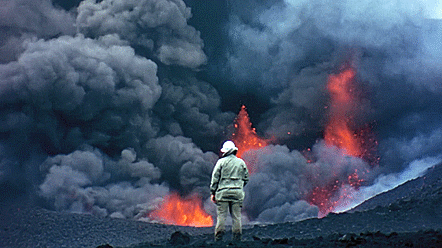
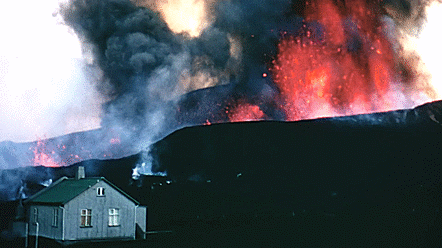

The Fire Within: A Requiem for Katia and Maurice Krafft
#The Fire Within: A Requiem for Katia and Maurice Krafft#werner herzog#katia krafft#maurice krafft#volcano#volcanic eruptions#lava#iceland#documentaryedit
120 notes
·
View notes
Photo
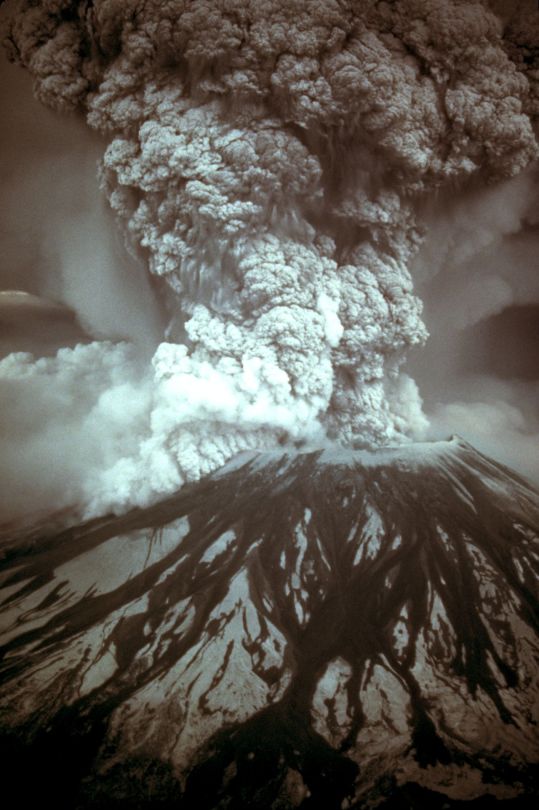

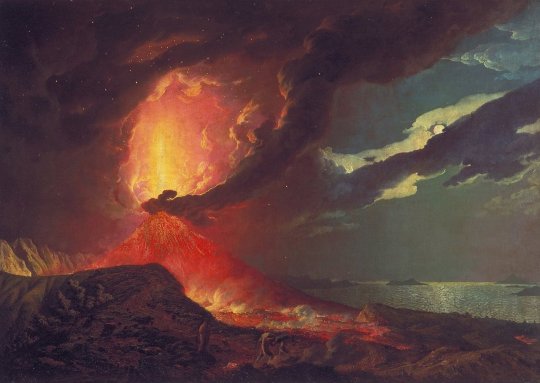


Volcanic.
Austin Post // Volcanic/Panic - Cheryl J. Fish // Vesuvius in Eruption, with a View over the Islands in the Bay of Naples - Tate Britain // Velvet Mood - Alice Phoebe Lou // Thrainn Kolbeinsson
#science is art#art is science#web weaving#volcano#volcanic eruptions#austin post#tate britain#alice phoebe lou#thrainn kolbeinsson#my collection#honeysound
23 notes
·
View notes
Text

• L'Eruzione del Vesuvio, 26 Aprile 1872, ore 5 PM
Date: 1872
Photographer: Giorgio Sommer
Medium: Albumen print
#antique#antique picture#19th century#19th century picture#antique photograph#antique photography#volcano#volcanic#volcanic eruptions#mount vesuvius#giorgo sommer#1872#albumen print
30 notes
·
View notes
Text
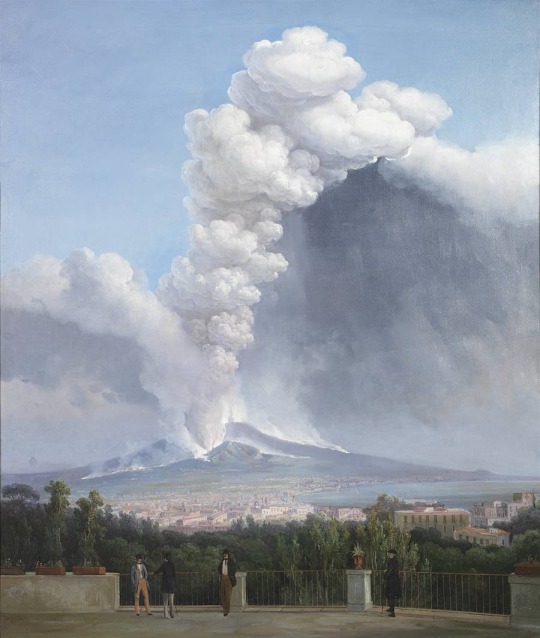
The Eruption of Vesuvius by Salvatore Fergola
#vesuvio#vesuvius#mount vesuvius#art#salvatore fergola#landscape#eruptions#eruption#volcanic#volcanic eruptions#volcano#volcanoes#italy#europe#european#sky#fumes#smoke#clouds#sea#coast
212 notes
·
View notes
Text
4 notes
·
View notes
Text
Volcanic ash from the 1906 Vesuvius eruption
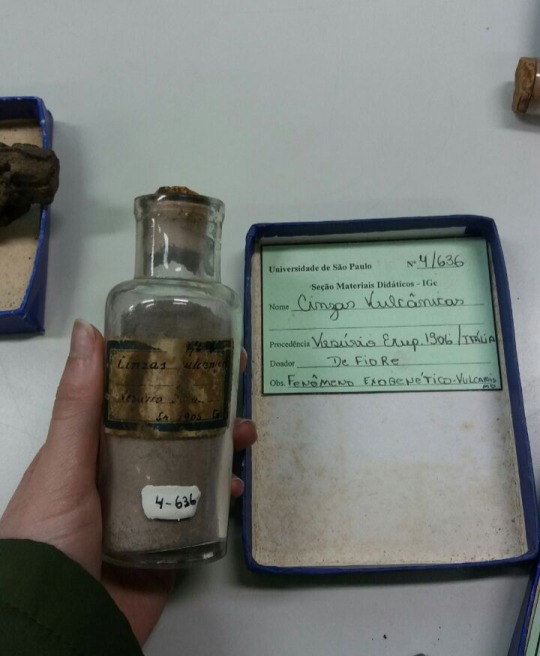
15 notes
·
View notes
Text

9 notes
·
View notes
Text
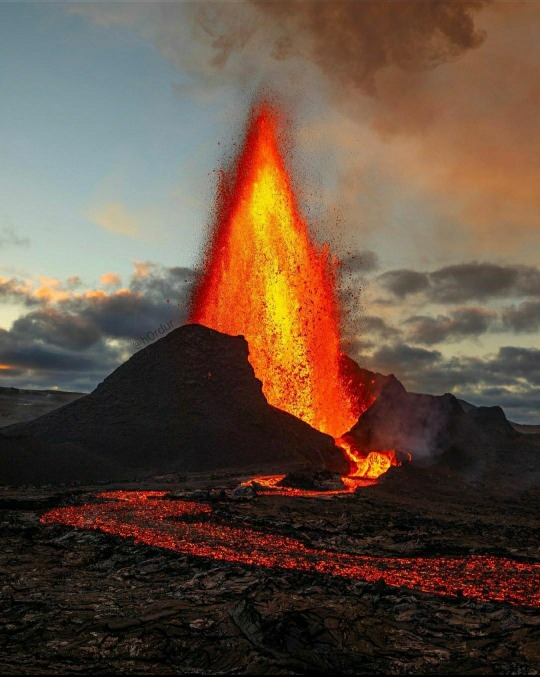

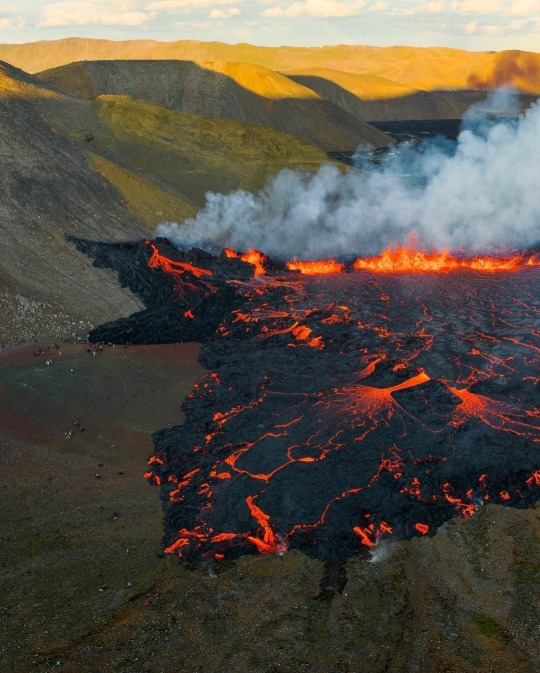
Lava Collection 🌋
📷 h0rdur
#lava#volcano#vesuvius#vulcan#vulcão#eruption#photography#photo#photograph#landscape#eruptions#Iceland#volcanic eruptions
83 notes
·
View notes